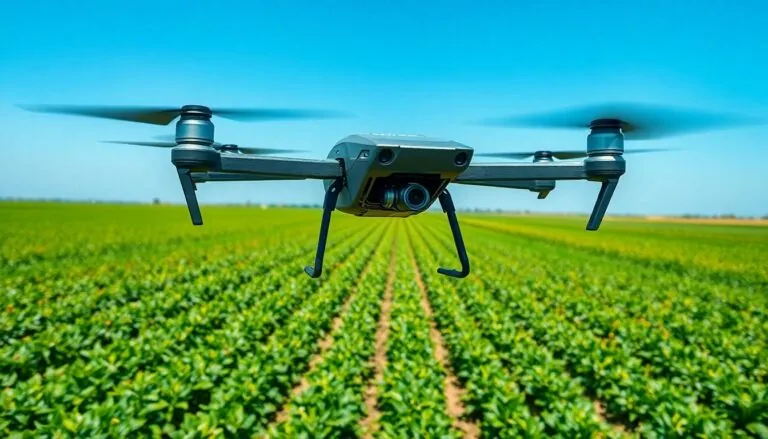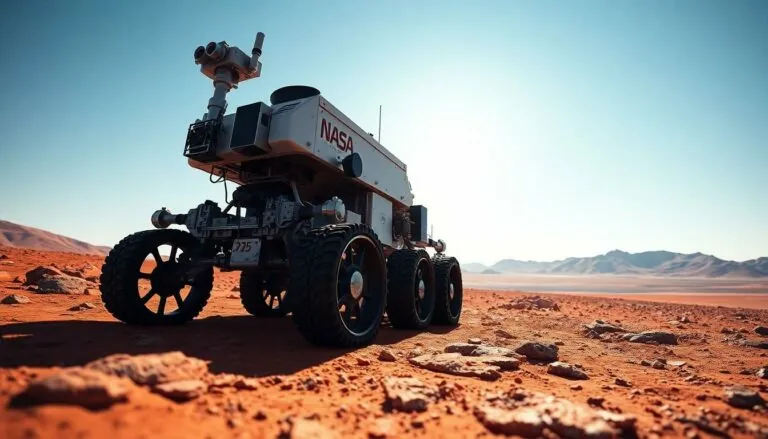Table of Contents
ToggleIn today’s fast-paced world, office space technology isn’t just a luxury; it’s a necessity. Imagine a workplace where coffee brews itself, meetings happen without the awkward “Can you hear me?” moments, and the printer doesn’t jam every five minutes. Sounds dreamy, right? Well, it’s time to wake up because that future is here, and it’s making nine-to-five life a whole lot easier.
Overview of Office Space Technology
Office space technology encompasses tools and systems enhancing productivity and collaboration in workplaces. Smart office devices streamline daily tasks, making environments more efficient and conducive to focus.
Innovative solutions like smart lighting adjust based on occupancy, contributing to energy conservation and comfort. Interactive displays facilitate effective communication during meetings, allowing real-time collaboration among team members.
Cloud-based platforms play a crucial role in file management, enabling easy access to documents from anywhere. Virtual reality applications provide immersive experiences for training and development, enhancing employee engagement.
IoT devices can monitor equipment usage and alert staff when maintenance is required, ensuring optimal functionality at all times. Mobile applications simplify room bookings and resource management, increasing space utilization.
Data analytics tools gather information about workspace usage patterns, helping organizations make informed decisions about layout and resource allocation. By incorporating advanced technology, workplaces can adapt to modern requirements while fostering a collaborative culture.
Robotic assistants can handle mundane tasks like restocking supplies and managing office maintenance, allowing employees to focus on higher-value activities. Video conferencing tools integrate seamlessly with other systems, enhancing remote work capabilities.
These technologies illustrate the shift toward smarter, more adaptive work environments that meet the evolving needs of businesses. Prioritizing these innovations improves overall function and creates a more engaging atmosphere for employees.
Key Innovations in Office Space Technology

Innovations in office space technology redefine how employees interact with their environments, driving productivity and collaboration. Modern solutions play a crucial role in evolving workplace dynamics.
Smart Desks and Workstations
Smart desks and workstations enable personalization and efficiency. Height-adjustable desks accommodate sitting and standing tasks, promoting health and comfort. Integrated technology allows users to connect seamlessly to devices. Sensors measure productivity and adjust environments to enhance focus. Employees benefit from wireless charging capabilities and built-in AI to optimize work habits. Real-time data collection informs managers about usage patterns, leading to more effective resource allocation.
Collaboration Tools and Software
Collaboration tools and software transform how teams communicate. Video conferencing platforms ensure remote colleagues can engage in real-time discussions, bridging geographical gaps. Messaging applications maintain continuous information flow, creating a sense of presence among team members. Project management software streamlines workflows, allowing for task assignments and progress tracking. File-sharing solutions provide centralized access to documents, reducing version control issues. These innovations foster a culture of seamless collaboration, adapting to the needs of modern teams.
Benefits of Implementing Office Space Technology
Implementing office space technology offers significant advantages that enhance work environments. Organizations unlock new efficiencies and communication strategies by embracing advanced tools.
Increased Productivity
Increased productivity results from integrating smart devices into the workplace. Smart machines automate repetitive tasks, allowing employees to focus on core functions. For example, digital scheduling tools streamline meeting arrangements, saving time and promoting engagement. Height-adjustable desks promote better posture, encouraging healthier work habits and improving focus. Mobile applications support remote access to resources, enabling employees to work seamlessly from various locations. Data analytics provides insights into task performance, helping teams identify areas for improvement. Overall, these technologies foster an environment that maximizes output and encourages innovation.
Enhanced Communication
Enhanced communication becomes apparent with the use of collaborative software and video conferencing tools. Tools streamline interactions, allowing team members to connect regardless of location. Real-time messaging enables quick exchanges of ideas, boosting collaboration on projects. Video conferencing fosters stronger relationships by allowing face-to-face interactions during virtual meetings. Platforms designed for project management keep everyone informed about task progress, reducing misunderstandings. Integrating interactive displays aids presentations, fostering more engaging discussions. Ultimately, these technologies create a culture of transparency and open communication, vital for any successful workplace.
Challenges and Considerations
Office space technology presents various challenges that organizations must navigate to achieve seamless implementation.
Integration with Existing Systems
Integrating new technology with existing systems poses a significant challenge. Compatibility issues often arise when introducing advanced tools like smart desks or cloud-based platforms. Organizations should conduct thorough assessments of current infrastructure before adopting new solutions. Careful planning allows businesses to address any potential roadblocks early in the process. Collaboration among IT teams, management, and technology vendors enhances integration success rates. This approach minimizes disruptions and facilitates smoother transitions to modernized workspaces.
Employee Adaptation and Training
Employee adaptation and training present additional considerations when implementing office space technology. Successful adoption hinges on ensuring team members are comfortable with new tools. Organizations must prioritize training programs that emphasize hands-on experience. Tailored sessions help employees become proficient with advanced systems, enhancing their productivity. Regular feedback loops support continuous improvement, allowing adjustments to training methods when necessary. Engaging employees in the implementation process fosters a culture of innovation and encourages enthusiasm for technology adoption.
Future Trends in Office Space Technology
Artificial intelligence continues to revolutionize office space technology, enabling advanced data analytics and predictive modeling for workspace optimization. These AI systems analyze employee behavior patterns to enhance daily operations, ensuring environments remain conducive to productivity.
Augmented reality sees increasing adoption. Companies utilize AR for immersive training experiences and virtual collaboration, bridging gaps between remote and in-office employees. This technology not only improves engagement but also streamlines onboarding processes.
Remote work solutions evolve rapidly as organizations seek to support flexible work arrangements. New software applications integrate seamlessly with existing tools, promoting enhanced communication and project management. Features like real-time updates keep teams informed and connected.
Sustainability becomes a priority as companies invest in eco-friendly technologies. Smart building systems optimize energy use, reducing operational costs while benefiting the environment. Data-driven decisions support efforts to minimize waste and improve resource management.
Health and wellness technologies gain traction, focusing on employee well-being. Wearable devices monitor health metrics and provide insights for improving work habits. Organizations that advocate for health benefits foster a culture that values employee welfare.
Collaboration tools advance with features that facilitate hybrid work environments. These platforms offer shared virtual workspaces, integrating documents, chat, and video conferencing functions in one place. Enhanced user experience drives productivity for both remote and in-person teams.
Lastly, security in office space technology cannot be overlooked. Increasing reliance on cloud services necessitates robust cybersecurity measures. Organizations prioritize investing in secure solutions to protect sensitive data while maintaining operational efficiency.
The evolution of office space technology is reshaping how businesses operate and interact. By embracing these innovations, companies can create environments that not only boost productivity but also enhance employee satisfaction. The integration of smart devices and collaborative tools fosters a culture of transparency and adaptability, essential in today’s dynamic work landscape.
As organizations navigate the challenges of implementation, prioritizing employee engagement and ongoing training will be key to successful adoption. The future of work lies in leveraging technology to create spaces that support health, collaboration, and sustainability. By investing in these advancements, businesses position themselves for success in an increasingly competitive market.




